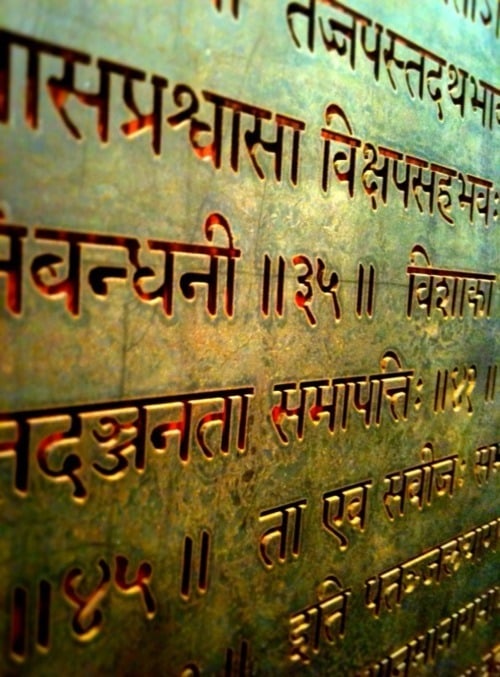Sutra | सूत्र
A sutra is an aphorism, or collection of aphorisms in a manual or script from Buddhism, Hinduism, or Jainism. Siv means thread or line holding things together, which likely literally referred to the palm leaves used to write the manuscripts. This separates them from the Vedas which were passed down orally until recently. This form of … Read more

